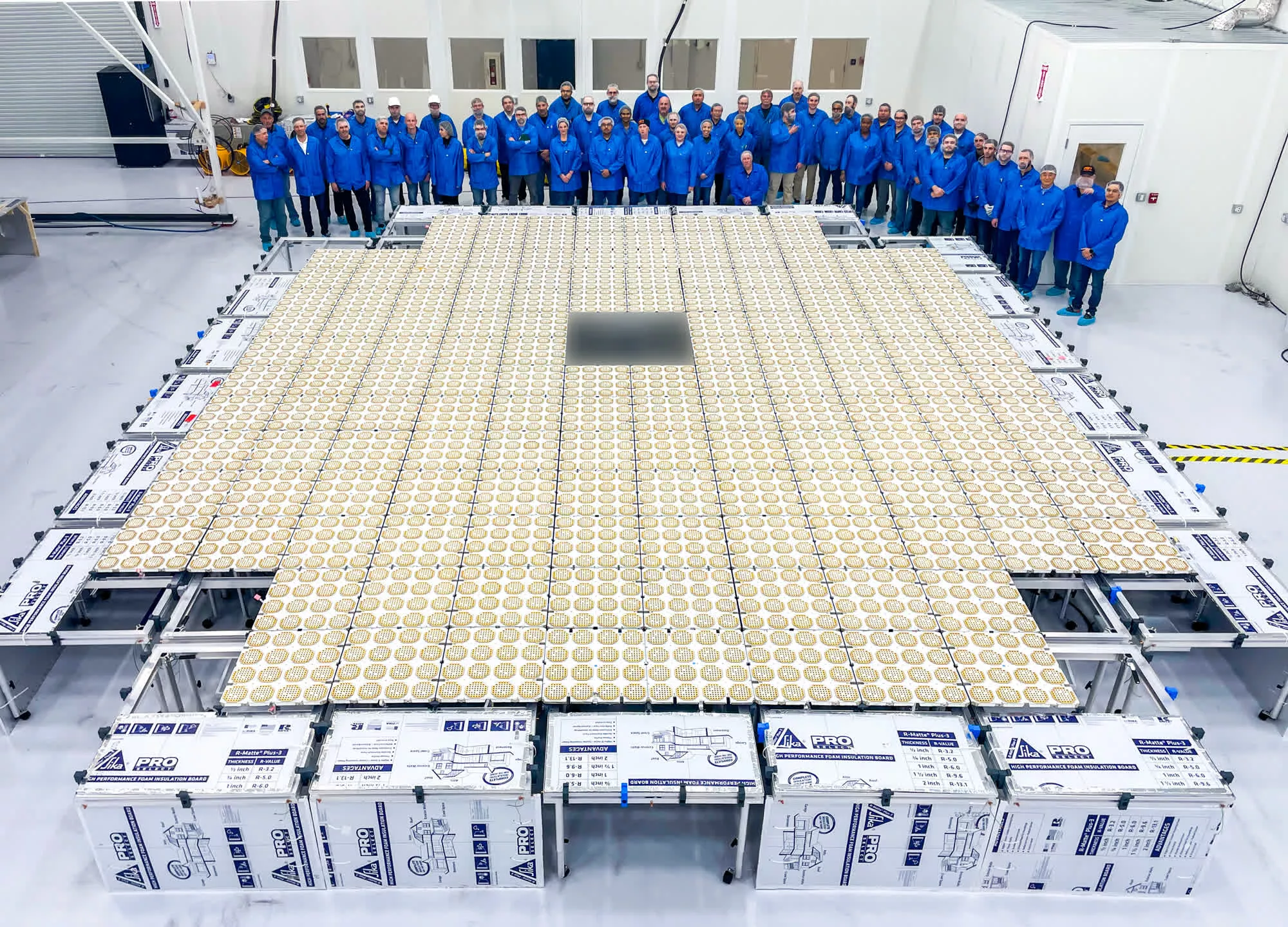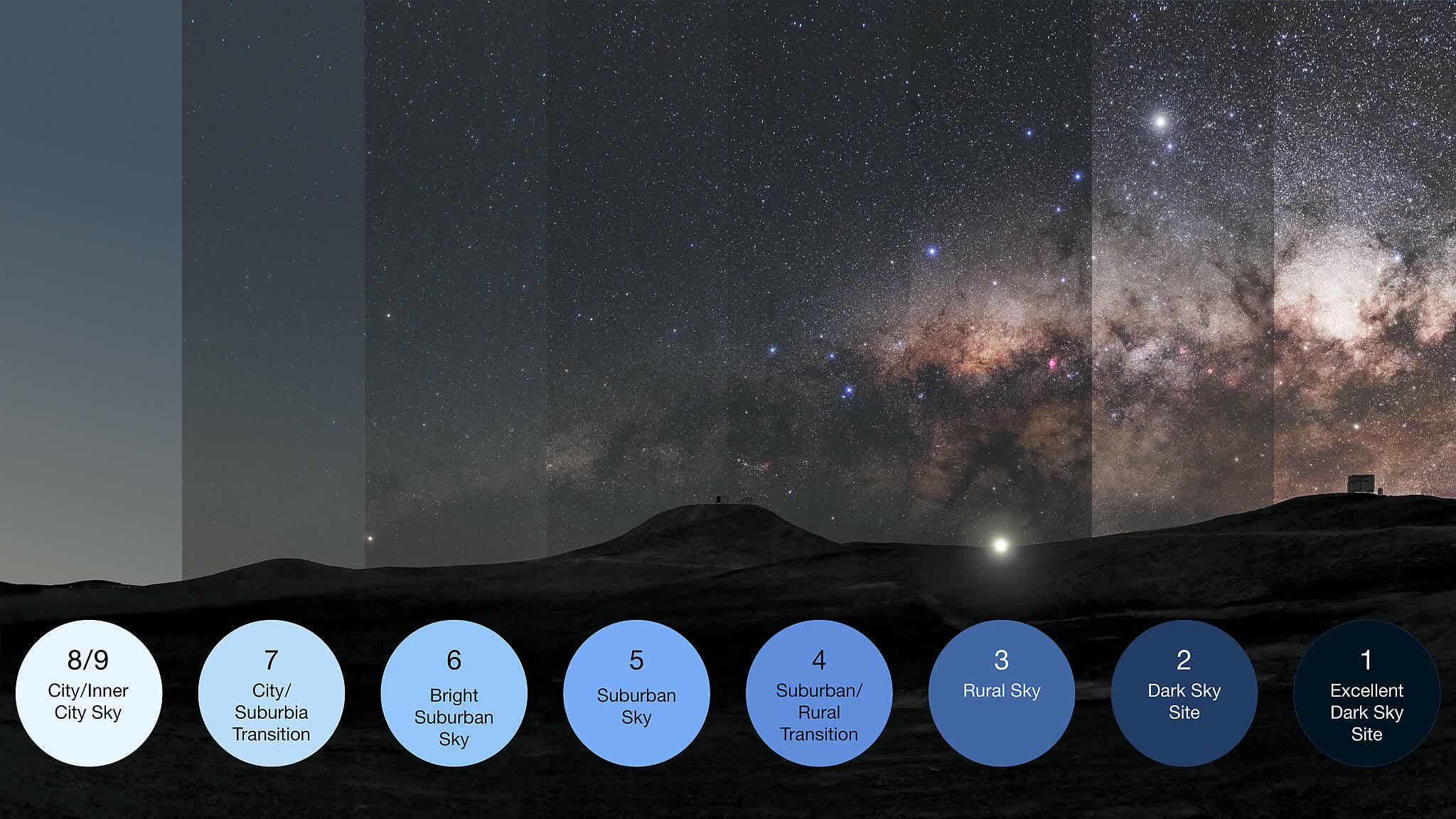In brief: The problem of light pollution has once again been raised after researchers revealed that one of the brightest objects visible in the night sky is the communications satellite BlueWalker 3. The revelation comes weeks after astronomers coined a new term to describe the emotional impact of light pollution: noctalgia.

BlueWalker 3 is a next-gen satellite that launched in September last year. Its antenna array measures just under 700 square feet, making it the largest commercial satellite in low-Earth orbit. That enormous size also means there's plenty of surface area to reflect light.
Researchers observed BlueWalker 3 over the course of 130 days from sites in Chile, the US, Mexico, New Zealand, the Netherlands, and Morocco.
The research, published in the journal Nature, concluded that while BlueWalker 3's brightness is not constant, its peak is comparable to Procyon, one of the brightest stars in the night sky. The satellite has a peak brightness magnitude of 0.4 – brighter objects have smaller magnitudes. Only the Moon, Jupiter, Venus, and seven stars in our night sky are brighter than the satellite.
"After BlueWalker 3 unfolded its 64m2 array it is visible in both dark sky and urban skies, though in urban settings, this will be limited to when BlueWalker 3 passes overhead," said Dr Jeremy Tregloan-Reed, a co-author of the study at the Universidad de Atacama in Chile.
Astronomers are also concerned that BlueWalker 3 is just a prototype for AST SpaceMobile's cellphone-compatible broadband constellation, which will consist of around 100 even larger satellites
"Let's nip it in the bud now before it does become an issue. If it does become an issue, then it's going to completely change the night sky," said Tregloan-Reed.
The extra brightness can pose problems for ground-based astronomy, including the satellite leaving streaks when it crosses the detector of a telescope. It can also cause issues for space-based telescopes like Hubble.
There's also the concern that the radio frequencies used by commercial satellites such as BlueWalker 3 are causing interference with radio astronomy, potentially disrupting radio telescope observations. Then there's the increasing inability to see many, or any, stars when looking at the night sky; Earth's sky has gotten brighter by about 9.6% every year since 2011.
"The sky background glow will increase due to the cumulative effect of having hundreds of thousands of satellites from various operators from many countries in low Earth orbit," Tregloan-Reed added.
Worsening light pollution has made headlines several times this year. Astronomers have come up with a new name for this phenomenon as a way of drawing more attention to the issue: noctalgia, which means sky grief.
